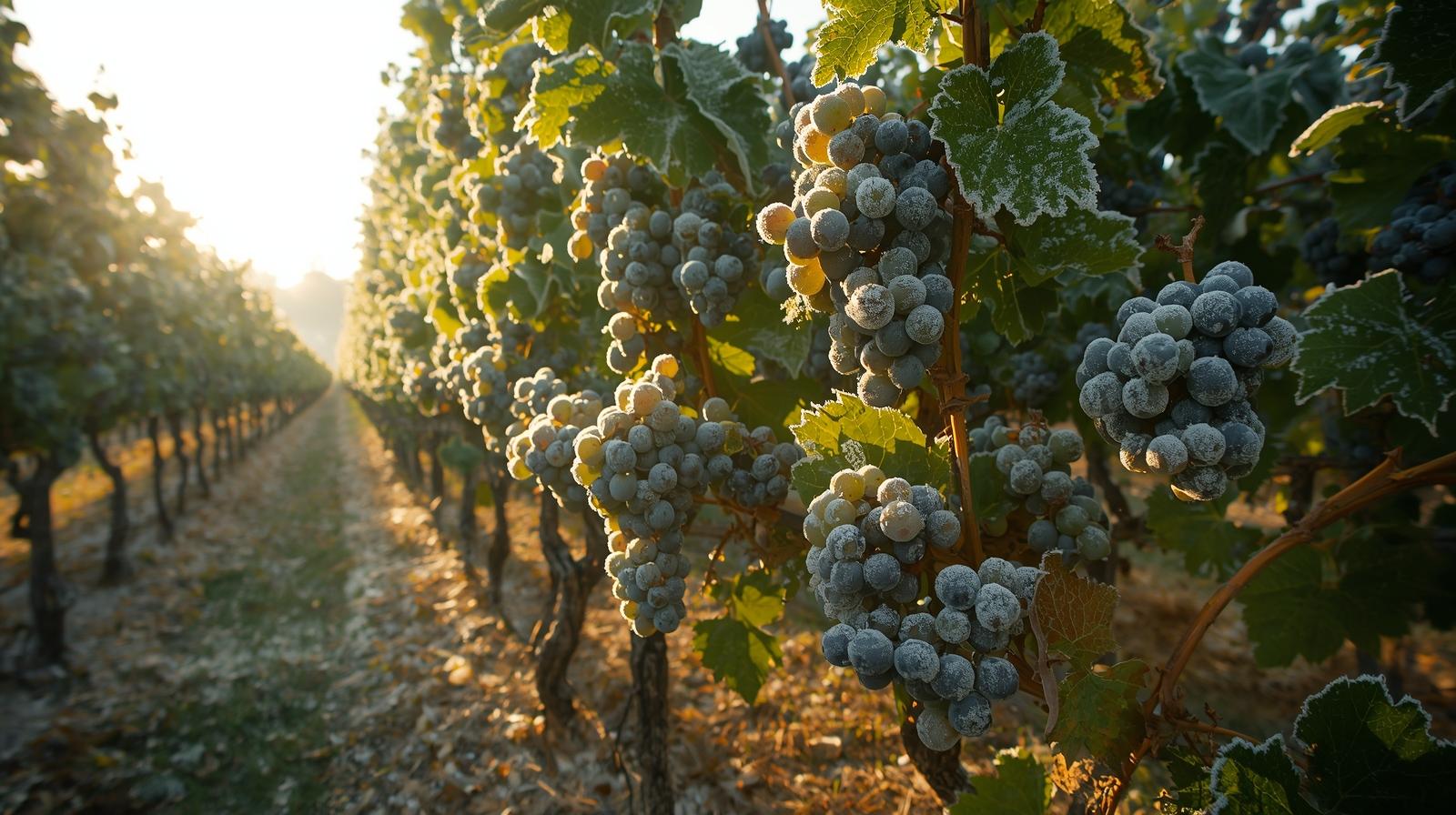How Sweet It Is: Pairing Wine with Dessert
When you think of serving wine, few people think of pairing it with dessert. However, a properly matched dessert wine can significantly enhance the dining experience. We often spend as much—or more—time preparing dessert than the other courses, so why not try something different and serve wine with it?
A rule of thumb for dessert wines is that the wine should be as sweet as, or slightly sweeter than, the dessert. There are five primary methods used to create a sweet wine: fortification, late harvest, noble rot, ice wine, and passito. They’re almost all about concentrating the natural sugars in the grapes. Common descriptors for dessert wines include notes of dried fruit, honey, and florals.
Fortification involves adding a grape spirit or brandy to the wine. Port and Sherry are probably the best-known examples of fortified wines. Madeira and Marsala are also fortified but are more commonly associated with cooking. Both Port and Sherry deserve their own article (or two), as there are many varieties, each with unique processes. The best-known styles of Port include Ruby, Tawny, Late Bottled Vintage, White, and Vintage. One tradition is to celebrate a milestone birthday with a bottle of vintage Port from your birth year. The best-known styles of sweeter Sherry are Oloroso, Palo Cortado, Cream, and Pedro Ximenez. Manzanilla and Fino, on the other hand, are considered dry.
Late harvest wines are made by leaving grapes on the vine to over-ripen, often picked one to two months after the regular harvest. This increases the natural sugars in the grapes. While many wines could be harvested late, most winemakers limit this to a few varieties. Germany is renowned for producing late-harvest Riesling. Since Germany makes many sweet wines, it has a system for classifying them from sweet to sweetest: Spätlese, Auslese, Beerenauslese, and Trockenbeerenauslese. They also describe sweetness levels using terms like Halbtrocken, Feinherb, Lieblich, and Süss.
Noble rot involves letting late-harvest grapes remain on the vine until they rot and develop a grey fungus called Botrytis cinerea. This fungus grows on the outside of the grape clusters, dehydrating them and concentrating their sugars. Specific climatic conditions are required for noble rot to form: the grapes must be fully ripe and exposed to humid, misty mornings followed by sunny, dry afternoons. Sauternes from Bordeaux, Tokaji Aszú from Hungary, and Spätlese Riesling from Germany are among the most famous wines made from noble rot.
Ice wine is produced by leaving grapes on the vine until they freeze, at which point they’re harvested in the middle of the night. To much of the world, Canada is known primarily for its ice wine! Ice wine can be made from many grape varieties, but Canada is particularly renowned for Vidal-based ice wines, especially from the Niagara region. Germany is famous for producing Riesling ice wines—known there as Eiswein. Since the production process is so demanding, ice wines are typically quite expensive.
Passito wines are made by leaving grapes on the vine until they’re nearly dried, and then drying them further after harvest—often on racks or straw mats. This process is known as appassimento. Some of the best-known passito wines include Recioto della Valpolicella, Passito di Pantelleria, and Vin Santo. The well-known Amarone della Valpolicella is technically a dry wine, but it’s also made using the appassimento method.
The next time you’re hosting a dinner party, I encourage you to try pairing a sweet wine with your dessert—you won’t regret it. Just be warned: they’re usually sold in smaller bottles (typically 375 ml) and tend to be a bit more expensive. My personal favorite is Passito di Pantelleria. Enjoy!
By: Stu Charles
WSET Wines & Spirits Level 3, Spanish Wine Scholar, French Wine Scholar, WSET Sake Level 1, Ontario VQA Wine Appellations Level 1, BC Wines of BC Ambassador Level 1, Certified Expert in California Wine Level 2
